| Click on the tabs below to view helpful tips for your appliance. If you need further assistance, please contact Thermador Customer Support: 1-800-735-4328. |
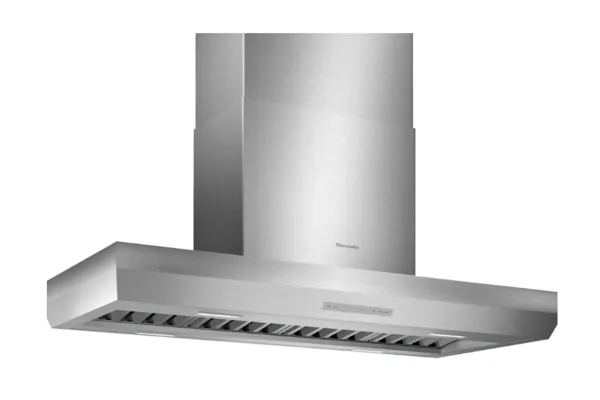
There Is No Power at the Power Plug / Socket
To check if the power plug / socket functions, plug in other electrical devices and see if they work. If the power plug / socket does not function, check whether the residual-current-operated circuit-breaker (FI) or the domestic fuse for the electric circuit has tripped. The main fuse and residual-current-operated circuit-breaker (FI) are for your safety and respond if there has been an overload or short-circuit in the electric circuit. Check whether other appliances in the electric circuit have caused an overload. If required, contact an electrician.
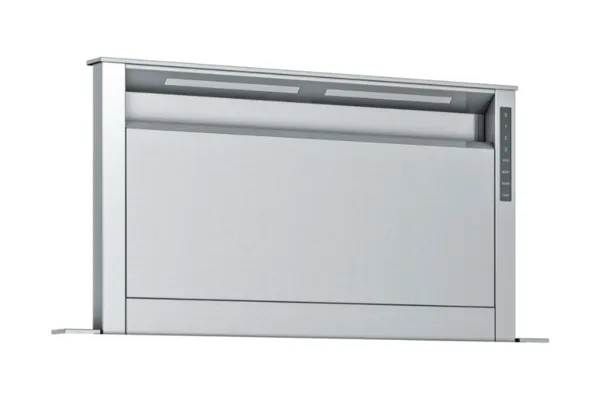
The Hood Does Not Vent Properly
There are several solutions for this problem:
- The hood might be hanging too high from the cooktop. The distance between the cooktop and the bottom of the hood should be within 30" to 36". Adjust the height of the hood if needed.
- The wind is affecting the ventilation. Close all the windows and doors to eliminate the outside wind flow.
- The duct opening or ductwork is obstructed. Remove all obstructions from the duct opening or ductwork.
- The direction of the duct opening is against the wind. Adjust the duct opening direction.
- The ducting used is the wrong size. Change the ducting to at least 8” or higher.
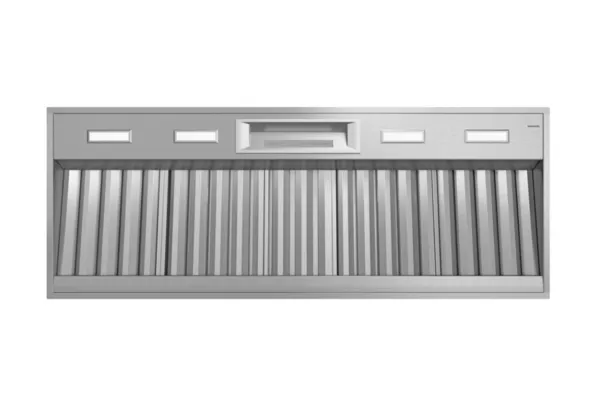
The Grease Filters Do Not Absorb the Particles From the Kitchen Fumes
The filters need to be cleaned. They should be cleaned every 1 to 3 months depending on usage. Discoloration of the filters is normal.
Learn how to properly clean your grease filters here.
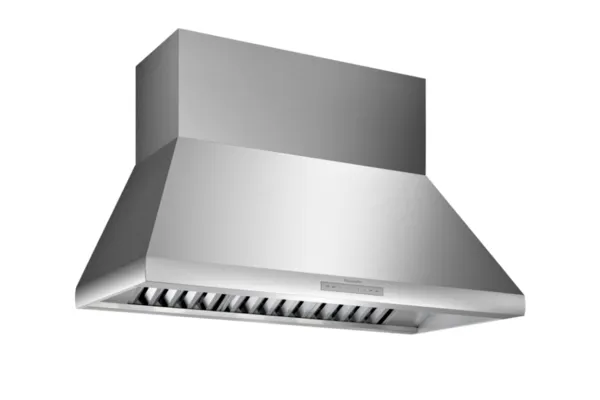
There Is Excess Smoke Even When the Hood Is Turned On
Set a higher fan setting to extract more smoke.
The blower should be turned on for about 5 minutes before cooking in order to establish air currents upward through the hood. Thus, when heat, smoke, moisture, grease, and cooking odors are produced, they will be carried outside instead of drifting into the other rooms. Use the lower speeds for normal use and the higher speeds for strong odors or fumes.
Drafts across the range or cooktop will reduce the effectiveness of the hood. Such drafts should be prevented when possible.
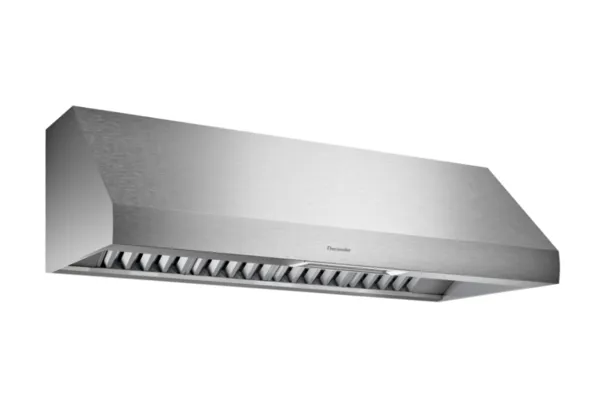
The Hood Is Vibrating
There are several solutions for this problem:
- The motor is not secure and needs to be tightened.
- The blower wheel is damaged. To have this fixed, schedule a service visit.
- The hood is not secure. Make sure the hood is secure.
More Troubleshooting Topics
After installation, the hood does not work.
There are several solutions for this problem:
- The power source is not turned on. If so, make sure the circuit breaker and the unit's power is on.
- The power line and the cable locking connector are not connected properly. Check the power connection and make sure the unit is connected properly.
- The switchboard and control board wirings are disconnected. Make sure the wirings between the switchboard and control board are connected properly.
- The switchboard or control board is defective. To have this fixed, schedule a service visit.
There is insufficient air supply.
Open the kitchen windows to create more air supply. Sufficient air is needed for proper combustion and exhausting of gases through the flue (chimney) of fuel-burning equipment to prevent back drafting. Follow the heating equipment manufacturer’s guideline and safety standards such as those published by the National Fire Protection Association (NFPA), the American Society for Heating, Refrigeration, and Air Conditioning Engineers (ASHRAE), and the local code authorities.
Local building codes may require the use of make-up air systems when using ducted ventilation systems greater than the specified cubic feet per minute (CFM) of air movement. The specified CFM varies from locale to locale. Consult your heating, ventilation, and air conditioning (HVAC) professional for specific requirements in your area.
The light works but the motor is not turning.
If the motor is too hot to operate, the thermally protected system will shut the motor down. The motor will function properly after the thermally protected system cools down.
The grease filter is vibrating.
The grease filter is loose. Properly secure the grease filter to the grease tray.
There is a whistling sound coming from the exhaust air pipe.
The diameter of the exhaust pipe is too small. When you use the recommended duct size in the installation manual, the hood becomes quieter and achieves the optimum extraction result. Unfortunately, we cannot accept warranty claims for complaints that are attributed to the exhaust duct.
The downdraft whistles when retracted.
The downdraft continues to run when retracted and the air is then pulled through increasingly smaller intake openings. This may result in a whistling sound. Switch the downdraft off and wait until the run-on time has ended before you retract it. Low noise generation in this appliance is in accordance with the state of technology.
There are deposits in the housing in the exhaust air line.
Select a higher power setting and ensure that the pipeline slopes downwards to the outside. After cooking, leave the appliance running for a while to prevent condensation from depositing in the pipeline.
There are deposits and particles dripping from the hood.
High airflow speeds may cause fat particles to not reach the filter. The particles will bind together and drip from the filter after the hood is turned off. This does not impair the function of the hood. After cooking, clean the surface with a soft, damp cloth and mild detergent.
There is residual moisture on the hood.
To ensure moisture does not collect on the hood, switch on the fan before cooking to warm the surfaces. After use, leave the fan on to dry the residual moisture.
What is the Exhaust-Air Mode?
The hood fan draws the vapors produced during cooking into the hood, where they pass through the grease filter and out into the open air. The grease filter absorbs the grease contained in the vapors. The kitchen is kept virtually free from grease and odors.
Ducted fans must always be vented to the outdoors. To properly exhaust the air, be sure to duct the air outside. Do not exhaust the air into spaces within walls, ceilings, attics, crawl spaces, or garages.
What is the Recirculating-Air Mode?
To operate in this mode, it is necessary to install a recirculation kit with an activated charcoal / carbon filter. The hood fan draws the vapors produced during cooking into the hood, where they pass through the grease filter before the clean air is discharged back into the kitchen. The grease filter absorbs the grease while the activated charcoal / carbon filter absorbs odors.
What do CFM, sones, and static pressure mean in relation to ventilation?
CFM - CFM stands for cubic feet per minute. The higher the CFM, the higher the airflow.
Sones - A sone measures the amount of sound that is perceived by a person. It is not the same thing as a decibel, which measures the intensity of sound. One sone is equivalent to the sound of a quiet refrigerator. The lower the sone, the lower the sound perceived.
Static pressure - Static pressure measures the airflow resistance as air is moved through ductwork. This airflow resistance reduces the effectiveness of the ventilator fan. A fan must have the ability to overcome the static pressure to effectively move air through the duct.
